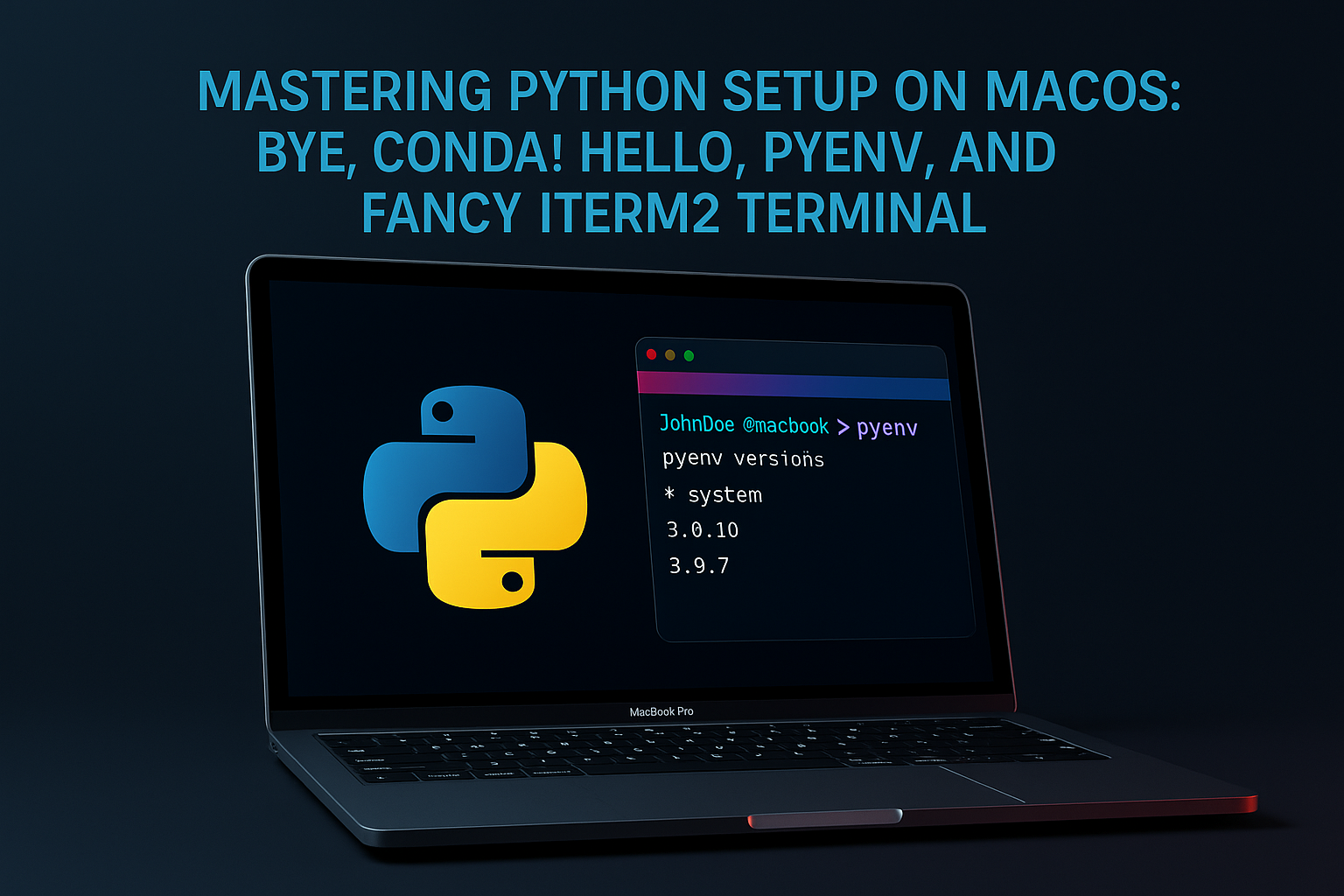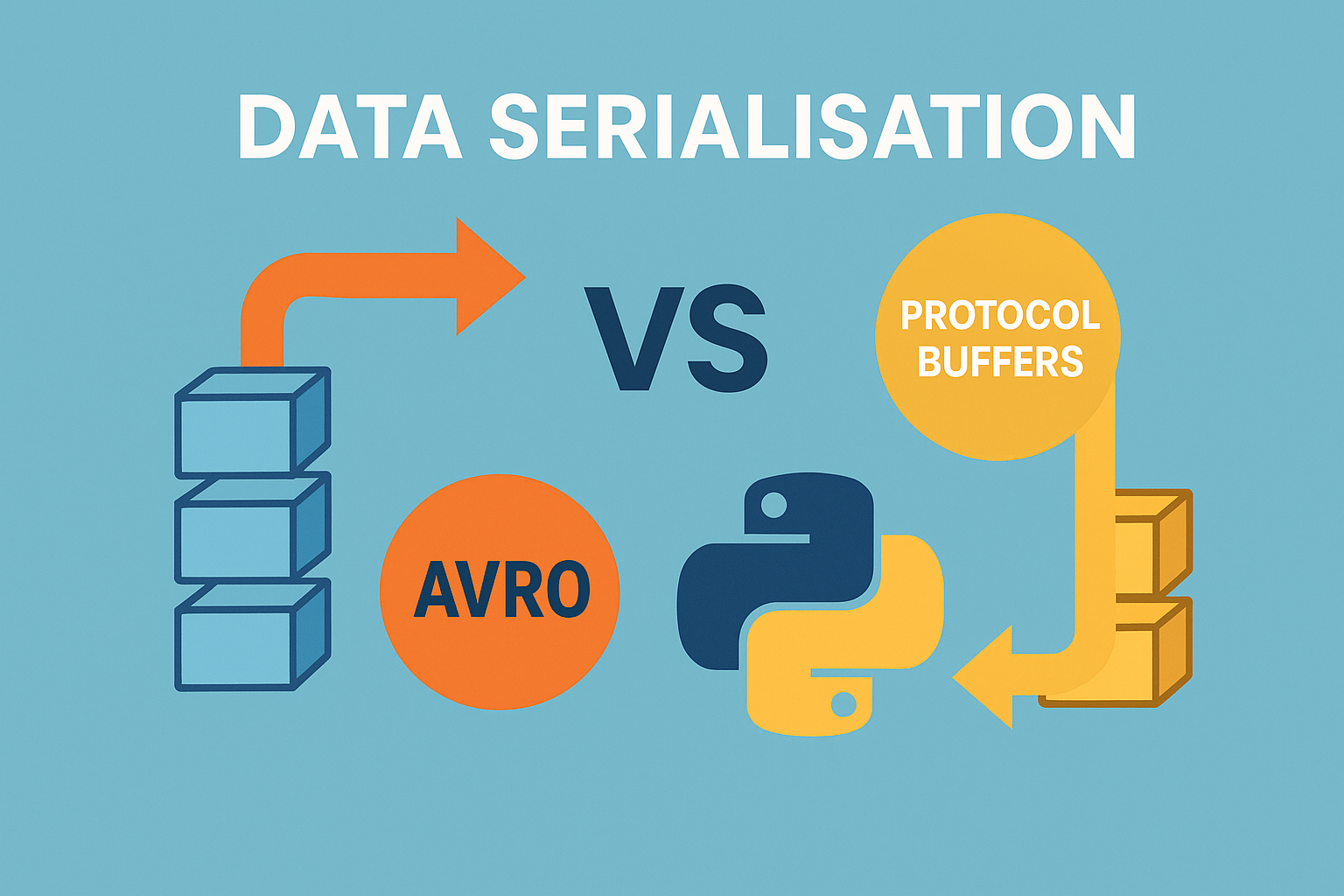Apache Iceberg: The Data Lake Breakthrough That’s Reshaping the Big Data Landscape
By the end of this read, you’ll understand why Apache Iceberg is not just another open table format — it’s the seismic shift that’s redefining the role of Delta Lake in the modern data ecosystem and transform how the world thinks about data lakes. From Data Lakes to Data Icebergs: A New Era Begins Over … Read more





